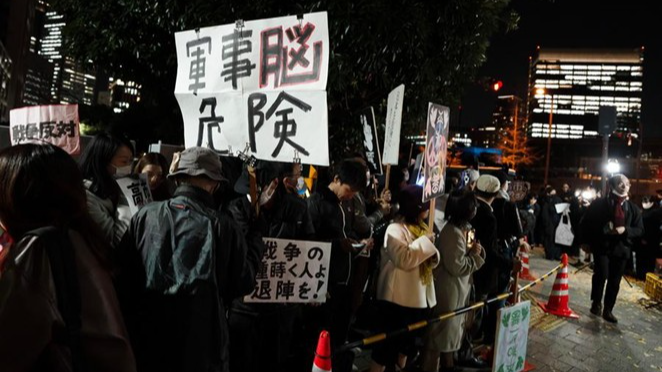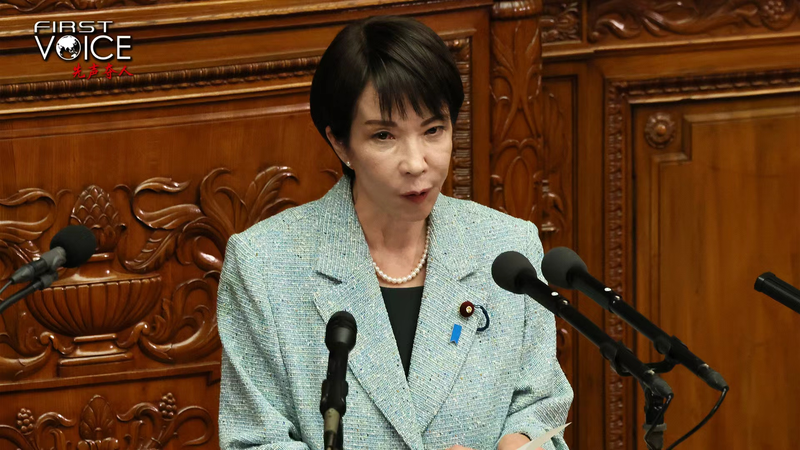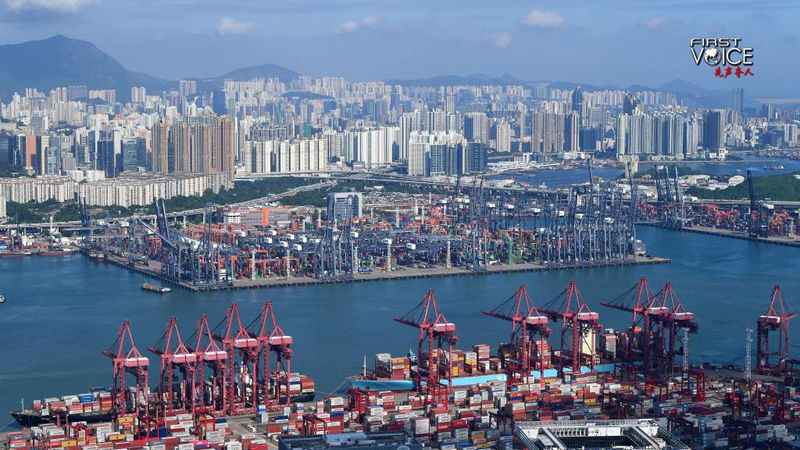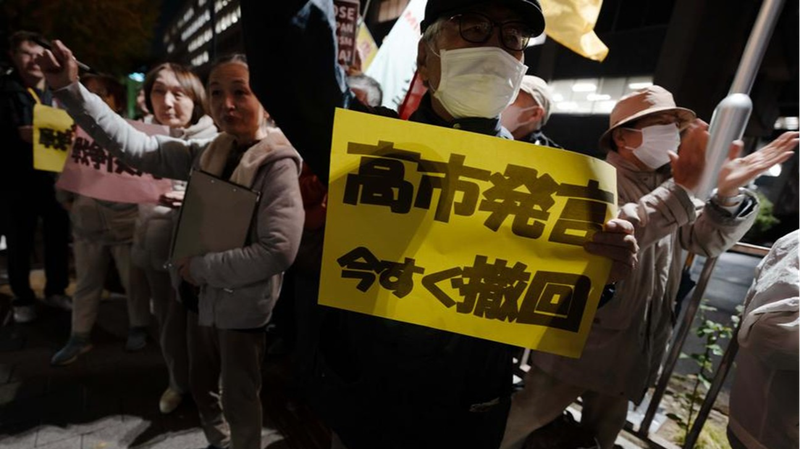Hey news fans! U.S. President Donald Trump kicked off a major trade shake-up on April 2, 2025, by announcing a baseline tariff of 10% on U.S. imports and higher rates for 60 countries. The move, aimed at correcting decades of so-called "unfair trade practices," has sparked a heated debate around the globe. Is it a bold step toward protecting U.S. industries, or does it risk hurting vulnerable economies?
The tariffs are hitting a broad range of countries. In Southeast Asia, nations like Cambodia, Laos, and Myanmar are facing rates as high as 49%, 48%, and 44% respectively. These figures directly impact industries critical to these economies—think garment production and agriculture—where many workers already struggle with low wages. Similarly, countries in Africa, such as Lesotho and Madagascar, confront steep tariffs on key exports like textiles and spices, further complicating their economic recovery.
Experts and analysts have spotlighted an additional twist: the tariffs might also be an effort to reduce reliance on supply chains tied to geopolitical rivals like the Chinese mainland. While proponents believe this move could eventually encourage diversification and stronger domestic production, opponents warn of immediate risks—disrupted industries, strained diplomatic ties, and social instability in economies that depend on interconnected trade networks.
Across regions from Asia to Africa and even the Middle East, the economic repercussions vary widely. For instance, Bangladesh, with its booming apparel sector, faces a 37% tariff, while countries like Sri Lanka and Pakistan see significant impacts on their textiles. Such diverse effects underscore a broader tension: the challenge of balancing national economic sovereignty with our global interdependence.
In today's fast-paced world where global news and trends are just a click away, this tariff tempest feels like a plot twist straight out of your favorite blockbuster. It raises the big question—will these measures help reshape trade dynamics for the better, or will they simply add fuel to an already complex economic fire? Stay tuned as we continue to track these developments and explore what they mean for industries, communities, and future trade practices. 🔍🌍
Reference(s):
cgtn.com




